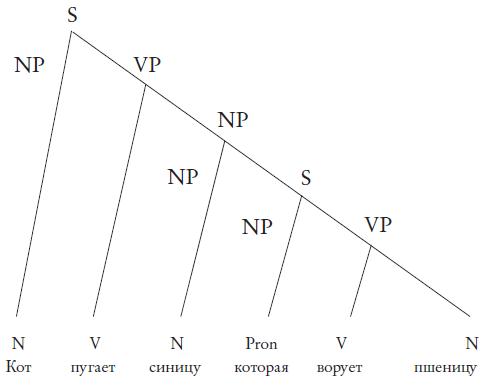Govoryaschie Ruki Tematicheskij Slovarj Zhestovogo Yazika Gluhih Rossii

New PhytoL (1970) 69, 743-750. THE MORPHOLOGY OF VEGETATIVE REGENERATION IN CALLUNA VULGARIS BY B. MOHAMED* AND C. GIMINGHAM Department of.
Collection History The materials in this presentation comprise the illustrational (and, in selected cases, textual) content of nearly 100 published works dating from the period circa 1830 to 1935, although there are individual titles dating from the 18th century, as well as high-quality, limited edition 19th-century reprints of much earlier materials. The illustrations represent an equally broad variety of production techniques which range from wood block printing, engraving (some hand-colored) and etching, to lithography, chromolithography and photo offset printing.
Thematically, these volumes are highly diverse. It is, in essence, a 'culturological' collection, documenting not only art and architecture, but also topics ranging from archaeological digs to typeface design and subway planning.
If there is no 'download' button, click the torrent name to view torrent source pages and download there. Torrent lia model. • HighSpeed Dls www.lia-model.com 1-74.rar Torrent Sponsored • Torrage.com 3rd Party Torrent Cache • Zoink.IT 3rd Party Torrent Cache • Magnet Magnet Link • torrentbar.com Latest Unsorted • thepiratebay.org other pictures • btjunkie.org unsorted • btmon.com other pictures • monova.org pictures • sumotorrent.com assorted • torrentportal.com unsorted • torrentreactor.net other pictures • BitTorrent.AM other pictures. Click the yellow ' Download' button on the right to download the.torrent files directly from the indexed sites.
It must be emphasized that the content of these albums is not strictly Eastern European. Russia was a globe-spanning Empire, and, like other great powers, sought to document the peoples, lands, and resources in its dominions. As a consequence, a large number of the volumes digitized here were produced within the borders of the Russian Empire and Eastern Europe, but concern places and subjects that are neither geographically nor ethnically Slavic or East European.
Petersburg in the rank of general. He gathers guests in his house to publicly announce the engagement of his daughter with Khlestakov. Harakteristika luka lukich hlopov iz revizora. However, suddenly the postmaster presents the governor with an unpleasant surprise - a letter in which it is found that Khlestakov is in fact just a petty official. Discouraged Anton Antonovich tries to come to himself, but he is overtaken by a new blow-a real auditor who has called the governor 'on a carpet' stopped at the hotel.
For example, there are plate books concerning pre-Classical, Classical (Greek and Roman), Byzantine, Islamic, and Asian civilizations. Russia's ethnographers, botanists, restorers, travelers, and archaeologists ranged all over the globe, documenting natural and man-made wonders wherever they occurred.
One encounters, for example, illustrated 19th century travel accounts of the Ionian islands, Greece, and Turkey, architectural drawings of the Norman Palatine Chapel in Palermo, and the Russian Archeological Commission's work on Eastern silver. Origins The richness of the Russian and related materials is due to a happy coincidence of historical events. One of the parent collections of the NYPL was the Astor Library, founded in 1849 upon the personal collection of fur-trader and real estate mogul John Jacob Astor (1763-1848). Very well-funded by Astor's endowment and by the generosity of subsequent generations of his family, the Astor Library sought to be a universal, 'international' collection, and rapidly surpassed far older collections in quantity and diversity. Many of the significant plate volumes in the collections today--particularly those dealing with exploration, botany, and archaeology--still bear the book stamp of the Astor Library. Although materials in Cyrillic script were not yet a collecting priority, many Russian works came to the Astor and Lenox libraries during this period because of the leading role of Russian and Eastern European researchers in 19th century world scholarship. The spreading fame of the collection attracted donations of material from writers and scholars from Eastern Europe, as well gifts from the Tsars themselves.